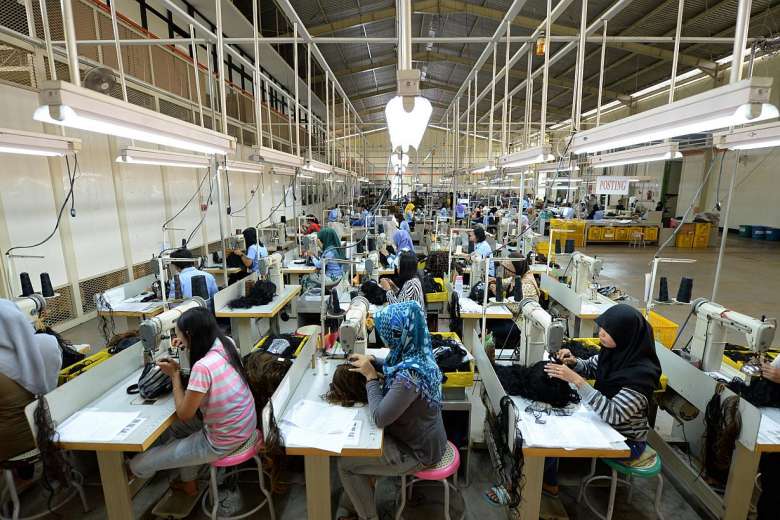- Community Empowerment Promotes Economic Growth
It has been proven that community and regional developments are the easiest way of developing economy of any country. Therefore, public, private sectors, NGO are advised to pull resources together to encourage community empowerment in Nigeria to aid its economic growth.
However, where there is proper provision for vocational training, education empowerment, agriculture with better healthcare system etc. in communities it affects national development because it’s all about value chain that kick starts from the grassroots to state and federal levels.
One of the challenges of low pace development in Nigeria is because most communities in the country are not developed which now affects national development. Empowering citizens reduces crime rate, unemployment, youth restiveness, corruption and economic upheaval.
On this background, newly elected President, Rotary Club of Lagos Island, Rotarian Sanjeev Tandon, a man with passion for community development and has been tremendously supporting charity work, less privileged and community development since he joined Rotary Club of Jabalpur in 1990 till date. This commitment has brought him the level he is in Rotary today.
Having spent decades in Nigeria, the Vice President Project, Kewalram Chanrai Group became passionate in youth empowerment, keen in better healthcare for an average Nigerian in order to promote healthy living in the country.
Rotarian Sanjeev Tandon is the President of the first Mega Club of RI District 9110 in Nigeria, Rotary Club of Lagos Island, that has empowered 500 youths via vocational training. “Recently the club paid for the services of medical experts from abroad that treated patients with different ailment at Shagamu with most of the expensive medical facilities anybody can boost of and at the end of that exercise those facilities were left behind for further treatment.
According to Tandon, this is what Rotary Club of Lagos Island since inception in 2016 has involved in around its operational environments. Of recent it adopted two secondary schools for educational empowerment. More of this can be achieved if we collaborate and help communities around us to develop fast and the economy will also grow through this means”.
Tando, having been considered the right person and elected as President of Rotary Club of Lagos Island said that the club will continue this humanitarian services which the club is been known for. Continuing, he said that the club would strictly follow its mission and objectives of providing service to others, promote integrity and advance world understanding, goodwill and peace through its fellowship of business, professionalism and community leaders. “ To encourage and foster the ideal of service as a basis of worthy enterprise”.
He said that Rotary International is an international service organization whose purpose is to bring together business and professional leaders in order to provide humanitarian services, encourage high ethical standards in all vocations, advance goodwill and peace around the world. It is a non-political and non-sectarian organization open to all people regardless of race, colour, creed, religion, gender, or political preference. There are 34,282 member clubs worldwide and 1.2 million individuals known as Rotarians.
However, “the Rotary Community Corps (RCC) is a volunteer organization with an estimated 157,000 non-Rotarian men and women in over 6,800 communities in 78 countries.
Describing the bilateral relationship of India and Nigeria, Tando said it dated back in 1940 till date both countries have had a cordial relationships that have seen India established a lot of companies in Nigeria that have promoted employment in the country.
In a media chart with Tando in Lagos, he advised Nigerian government to channel resources to agriculture to end poverty, unemployment and boost the economy of the country. He said further that Nigeria has a lot of man power and if trained and channelled into agriculture the economy would grow through food export and the country would have enough food for its citizens while many youths roaming around the streets will be engaged into agriculture.
He also stresses the need for standard education that promotes science and technology which helped developed nations to advance and remain competitive globally.

 Naira4 weeks ago
Naira4 weeks ago


 Naira4 weeks ago
Naira4 weeks ago




 Naira4 weeks ago
Naira4 weeks ago




 Naira3 weeks ago
Naira3 weeks ago
 Commodities4 weeks ago
Commodities4 weeks ago


 News4 weeks ago
News4 weeks ago
 Travel4 weeks ago
Travel4 weeks ago




 Naira3 weeks ago
Naira3 weeks ago






















